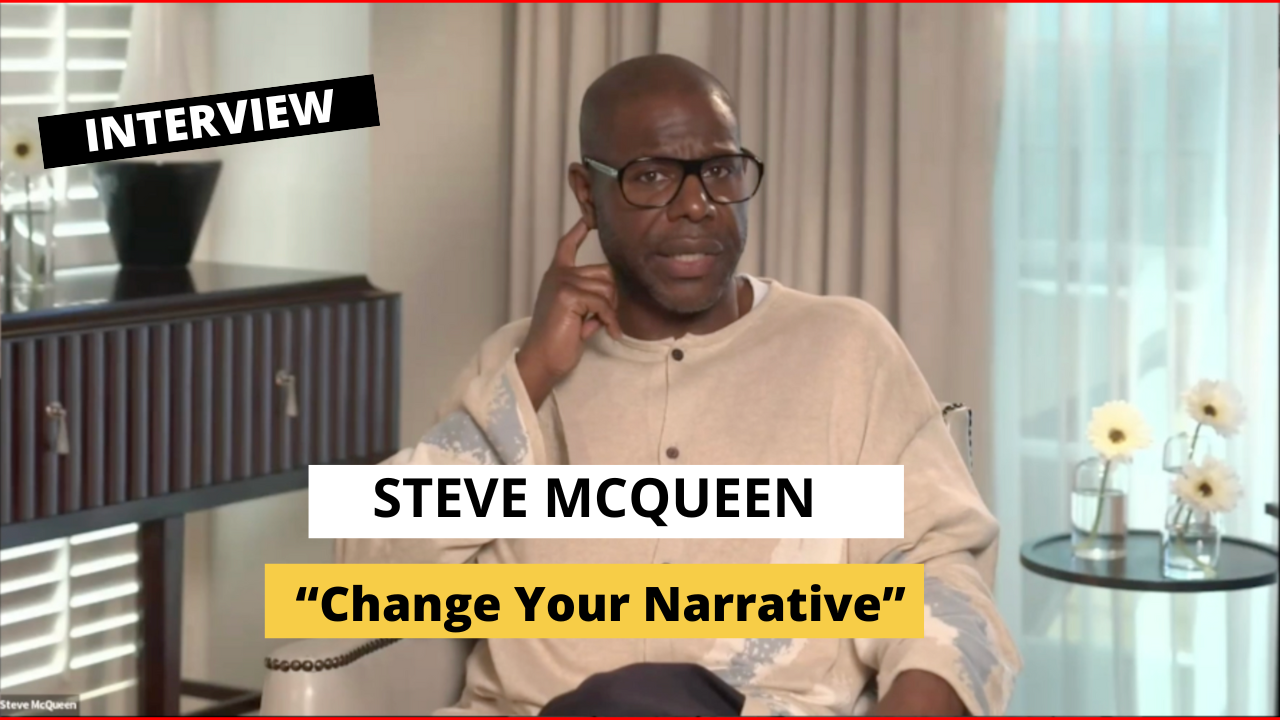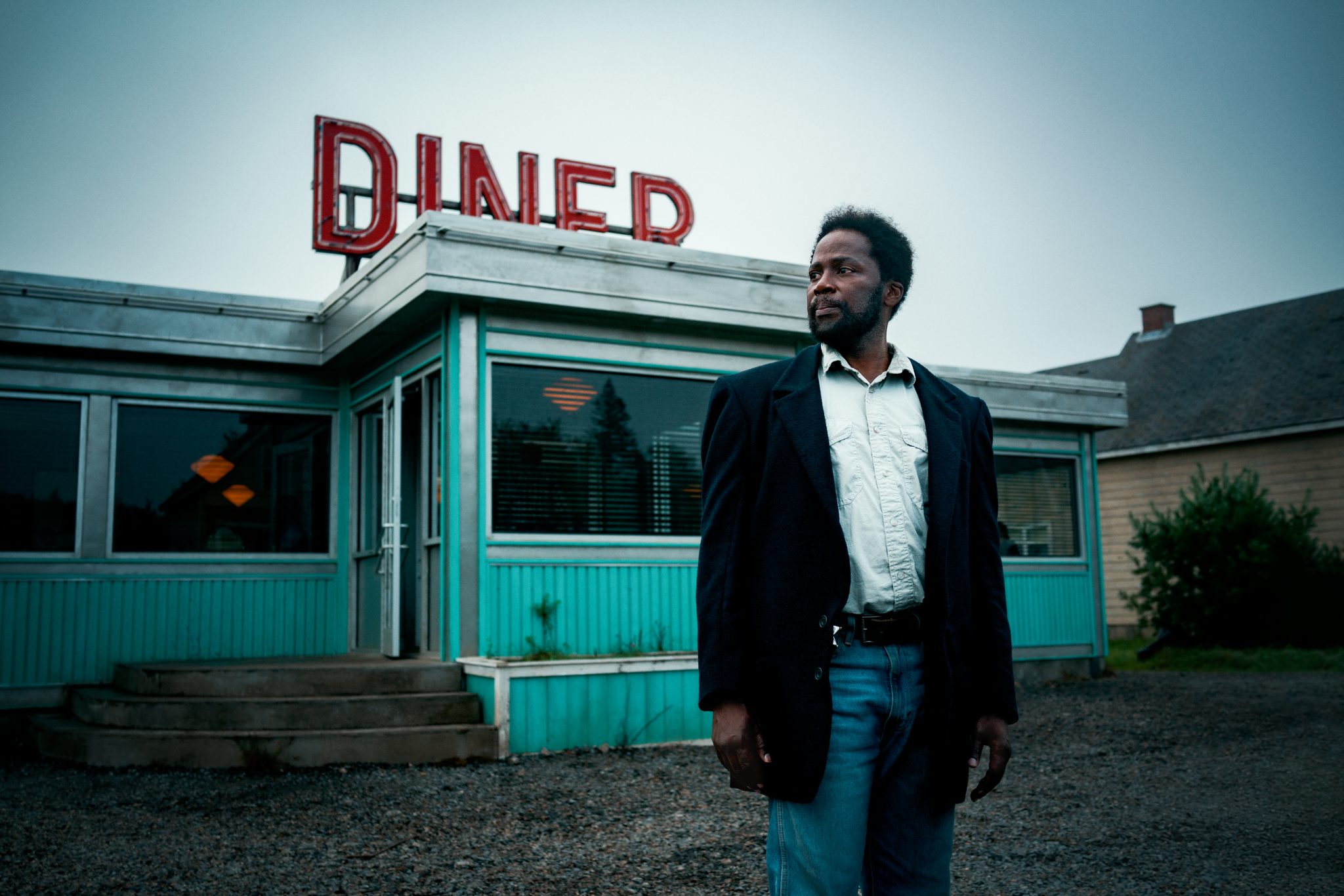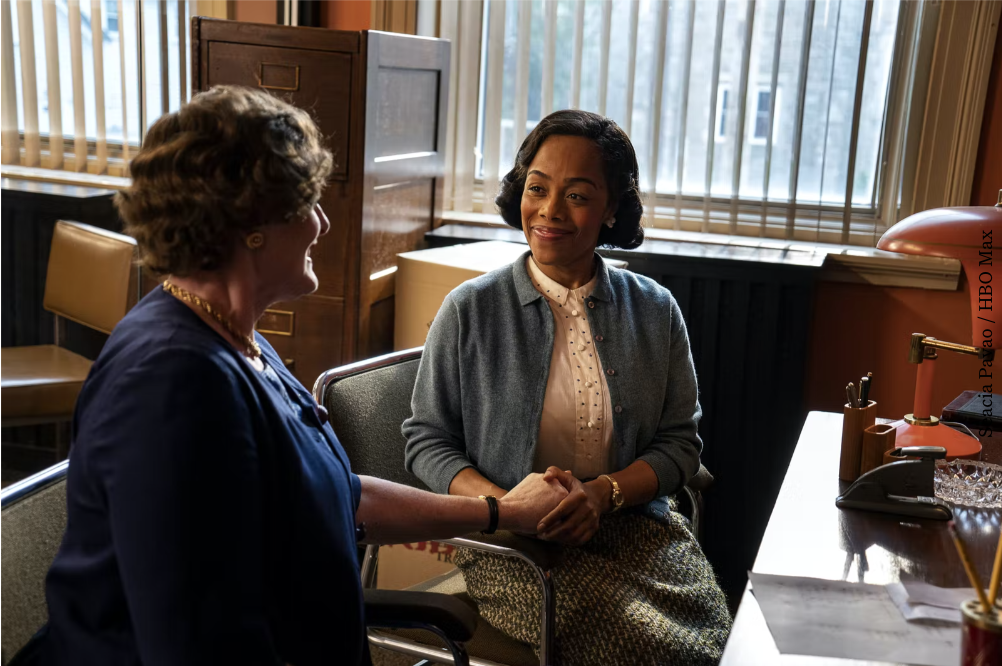Formula 1 racing (F1) took over Miami the weekend and brought all the A-listers and celebrities in entertainment and sports. Michael Jordan, Tom Brady, and David Beckham are just a few names on the scene. The inaugural F1 Miami Grand Prix made a huge splash and showcased the future of Formula 1 racing in the United States.
View this post on Instagram
The track for the race ran around the Hard Rock Stadium, and include a marina for yachts specially built for the occasion. Who needs Monaco?
Naturally, there were lavish parties and events with sponsors like McLaren Speed Shop, Mercedes-AMG, a Ferrari hospitality suite, and a charity golf tournament from Swiss luxury watchmaker IWC Schaffhausen.
Travis Scott returned to the stage at E11even’s following the Astroworld fest tragedy last year. Well-known Miami hotspot Liv featured a star-studded birthday party for rapper Meek Mill. Other prominent performers included Rick Ross, Diplo, Snoop Dogg, and more. Table prices hit between $5,000 – $100,000.
View this post on Instagram
Carbone Beach was a hot ticket. Their four-night pop-up dinner party was $3,000 per person for spicy rigatoni and actual on the beach ambiance. LeBron James, Rich Paul, Dwyane Wade, Gabrielle Union, DJ Khalid, Damson Idris, Venus and Serena Williams, Patrick Mahomes, and Derek Jeter are just some of the VIPs you would have bumped into at the exclusive event. Of course the weekend saw several appearances from Formula 1 star Lewis Hamilton.
View this post on Instagram
So, when did Formula 1 racing become the hottest sporting event to attend in America with the fastest growing viewership?
Let’s take it back to 2016. That’s when Formula 1 was acquired by Liberty Media for $4.4 billion. F1 was a huge sport, but its previous owner Bernie Ecclestone refused to embrace younger viewers and invest in growing that segment. As a result, by 2016, the sport was shedding fans, losing over 200 million over eight years.
Liberty Media knew that they needed to get younger; they also needed to capture the U.S. market. F1 racing has primarily been a global sport. So, they decided to borrow from the blueprint of two of the top sports properties, the NFL and NBA.
First, it gave you storylines and content. The rise in F1 viewership in the U.S. was tied to the 2019 Netflix series Drive to Survive. Like the NFL with its HBO show “Hard Knocks,” the docu-series gave unprecedented access to behind-the-scenes of Formula One races and its drivers. Netflix doesn’t report its numbers, but ESPN ratings doubled. In addition, 77% of F1’s new fans are under the age of 35, according to Nielsen. ESPN’s broadcast deal with F1 was light on their pockets, but that contract is up in 2023. So expect ESPN to be putting out a lot more cash to retain those rights.
Next, they turned the races into destination sporting events like the Super Bowl and NBA All-Star. Finally, the U.S. races have incorporated high-end sponsored events, concerts, and parties by taking a page from those leagues. It’s working; the Austin race had attendance numbers of 400,000. It was the most-attended F1 weekend in history.
View this post on Instagram
No doubt the Miami Grand Prix will top those numbers, with ticket prices to match. With a Formula 1 race coming to Las Vegas in 2023, you can be assured that F1 racing plans to make a new home in the U.S.






